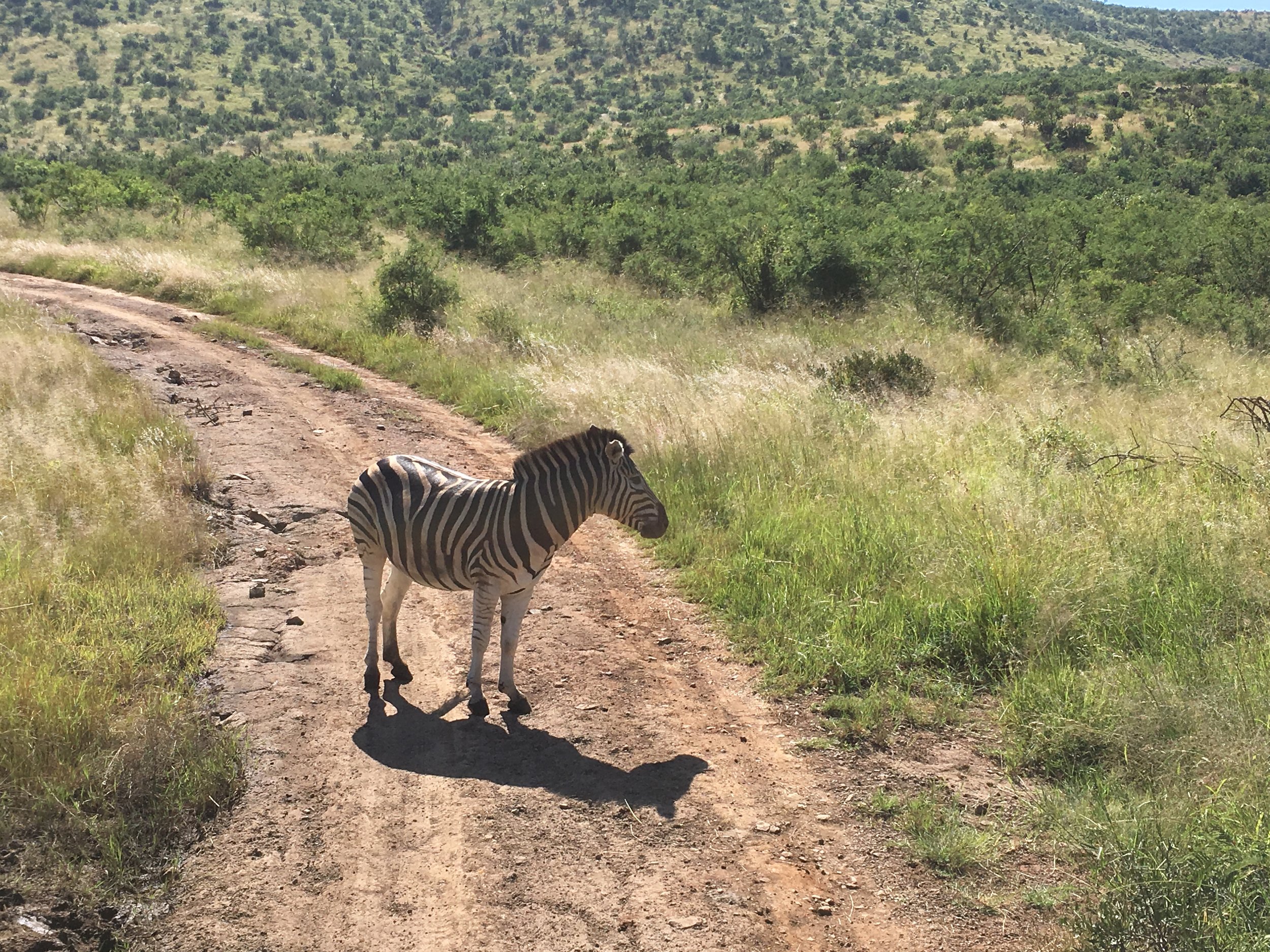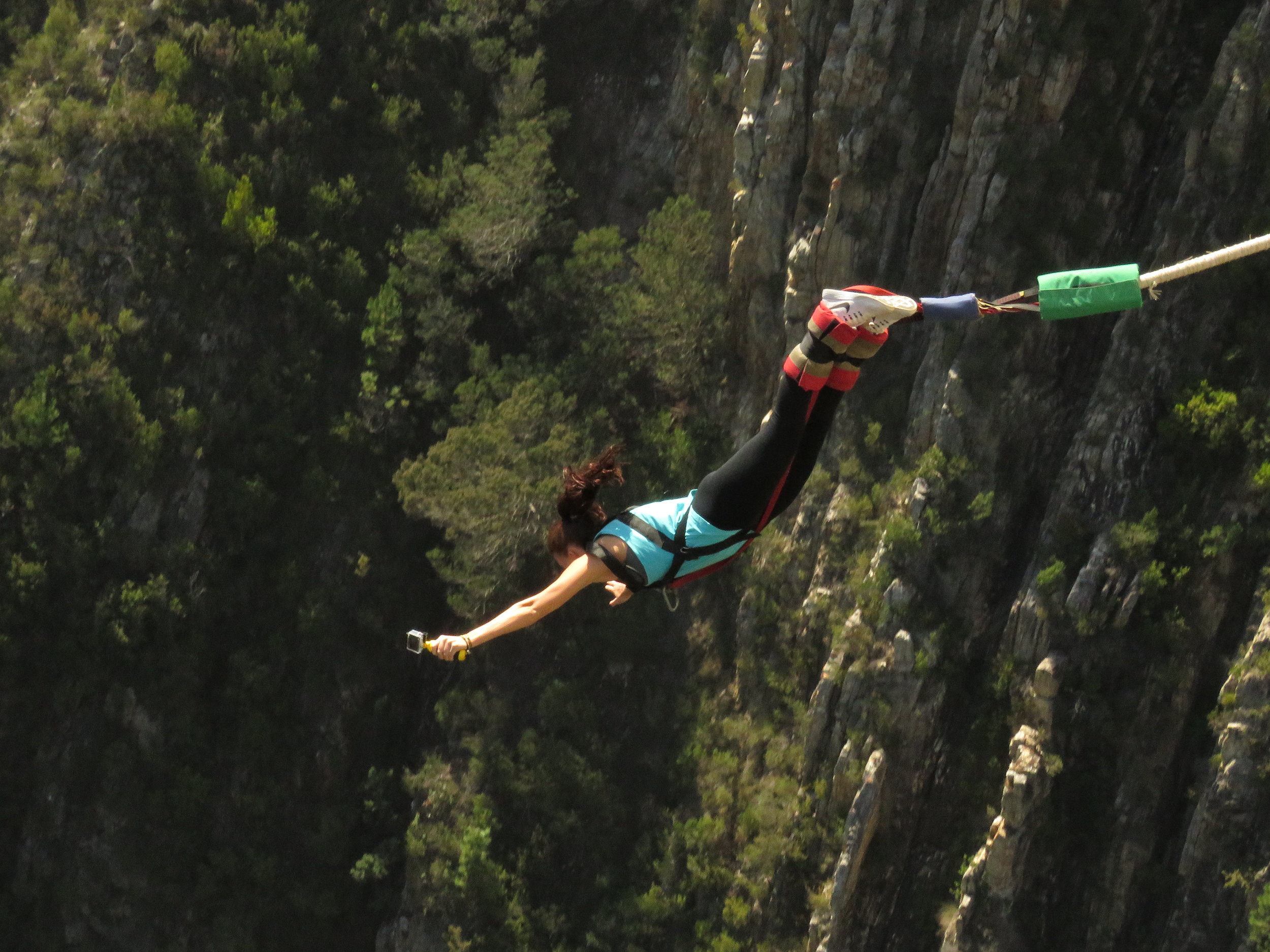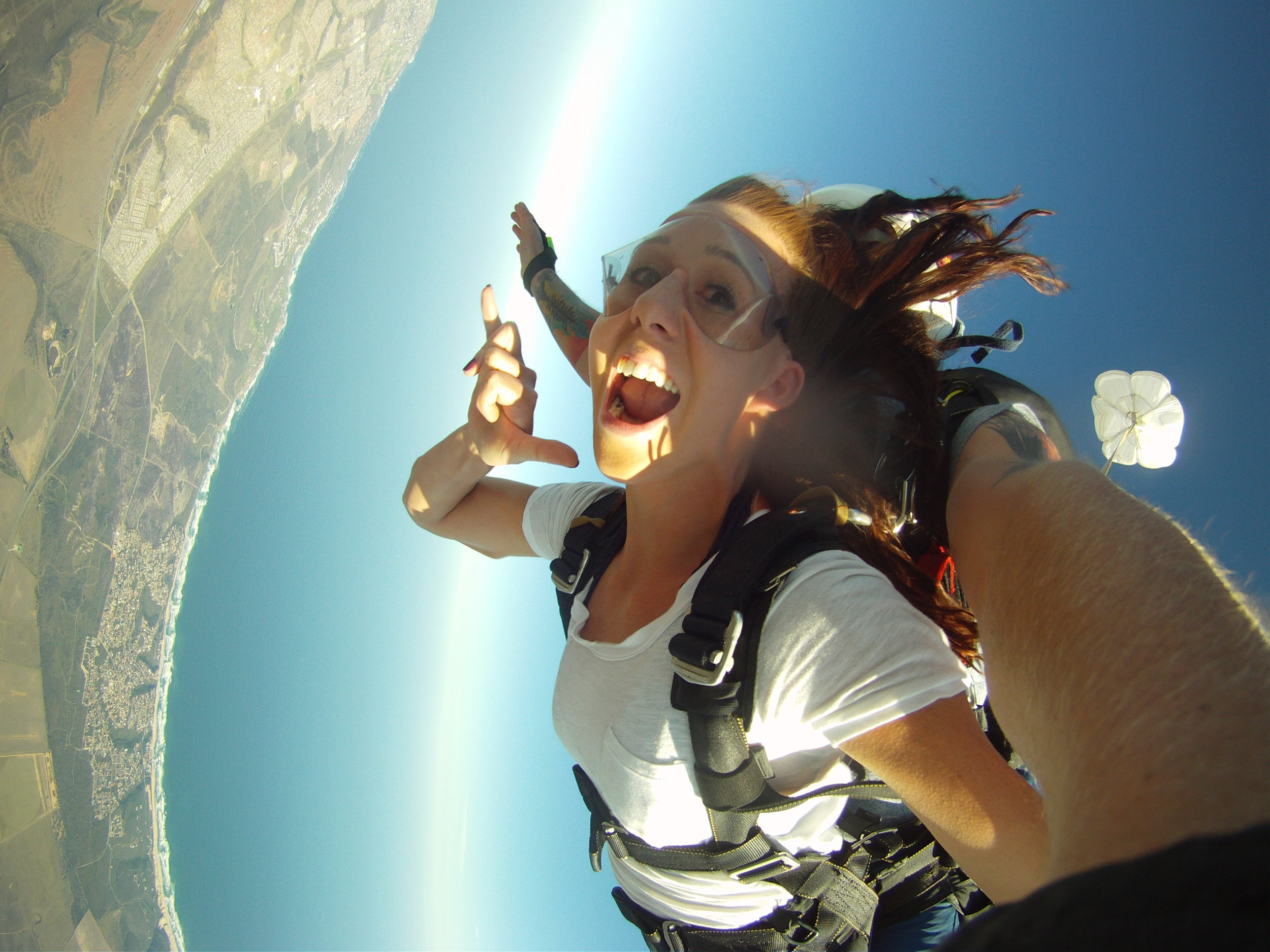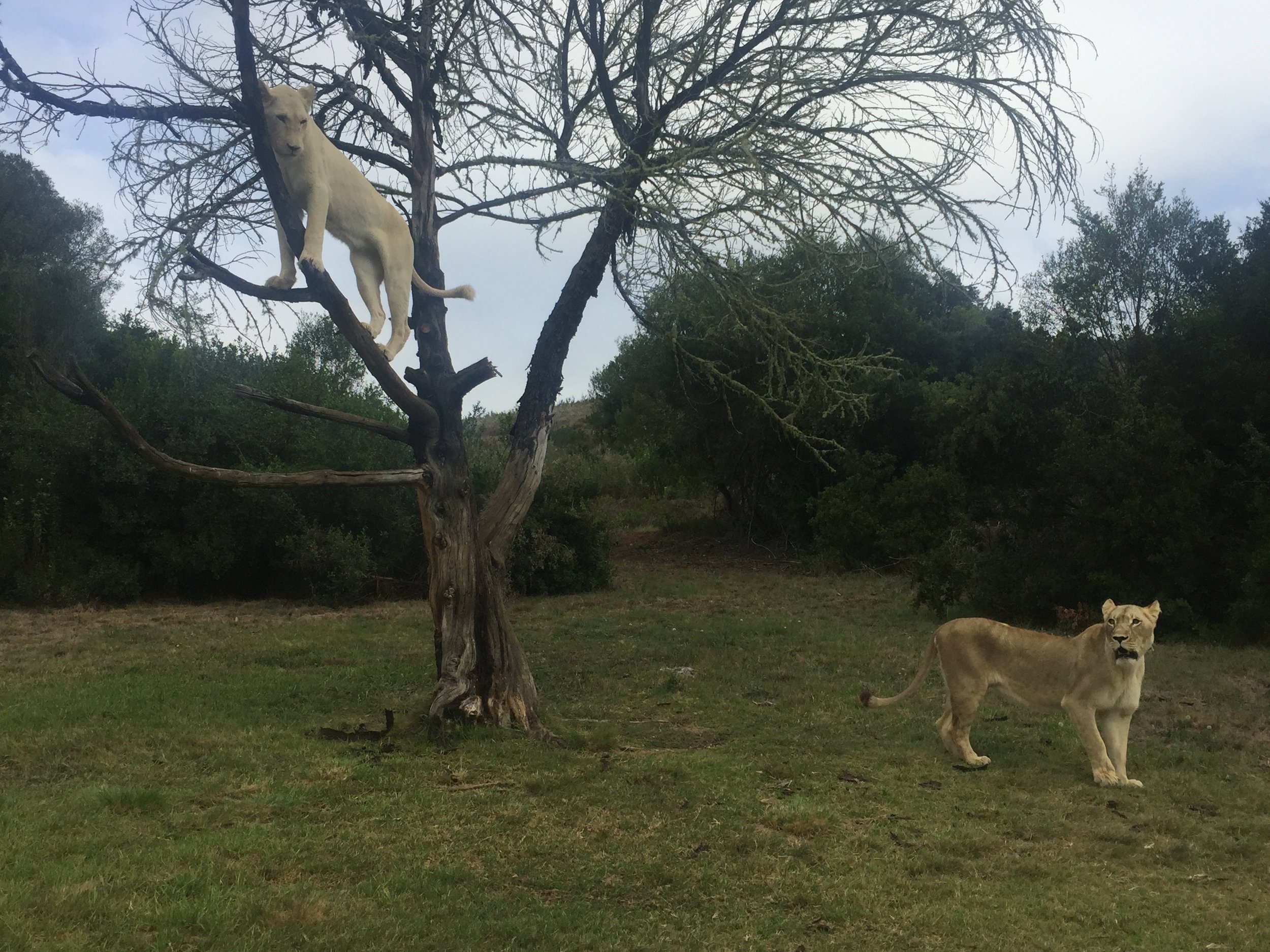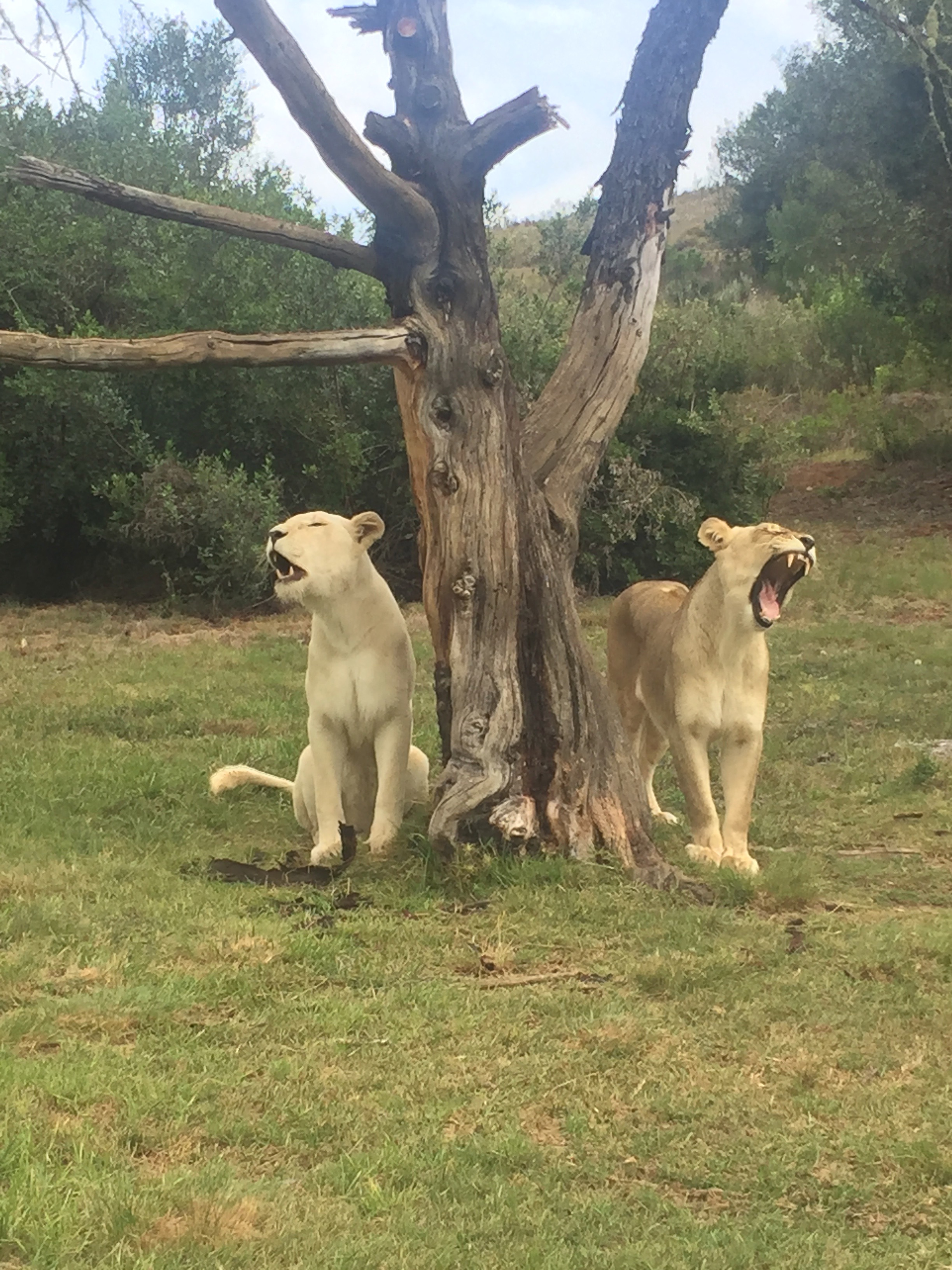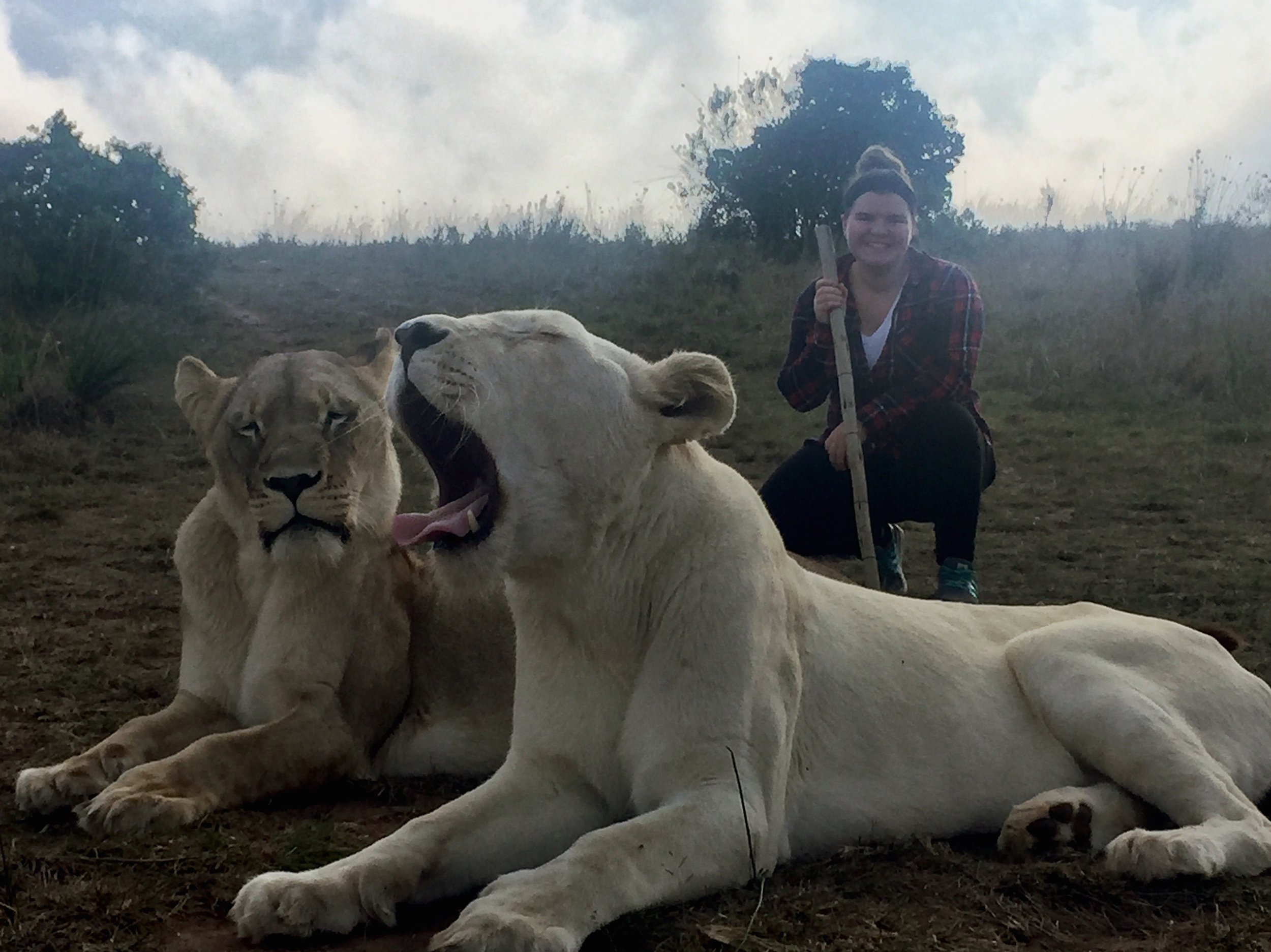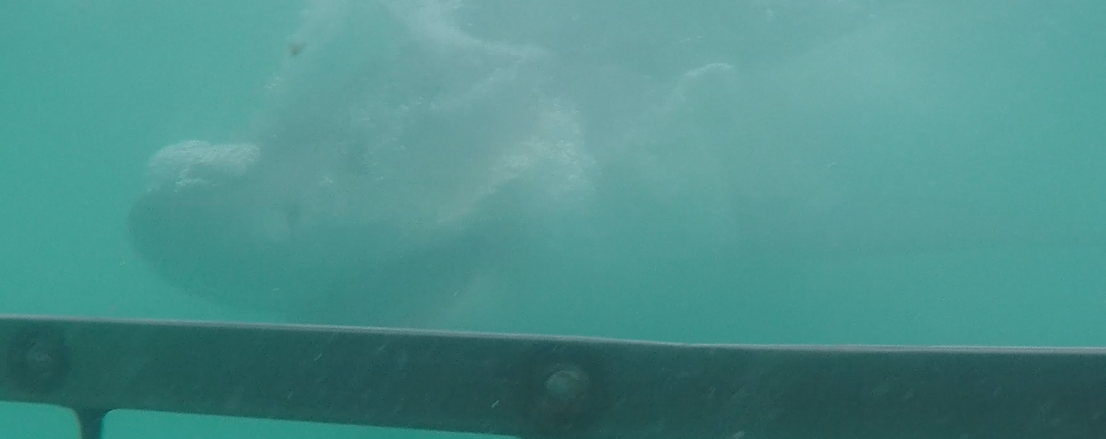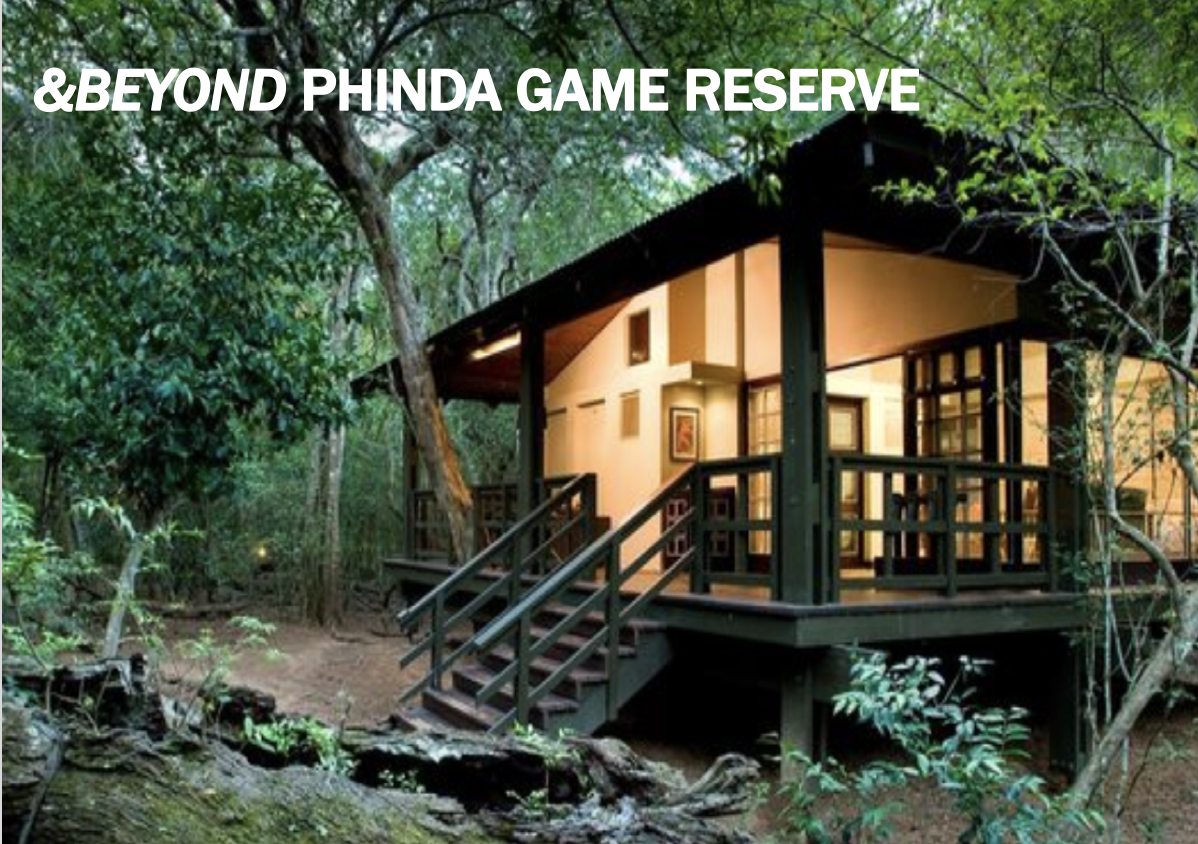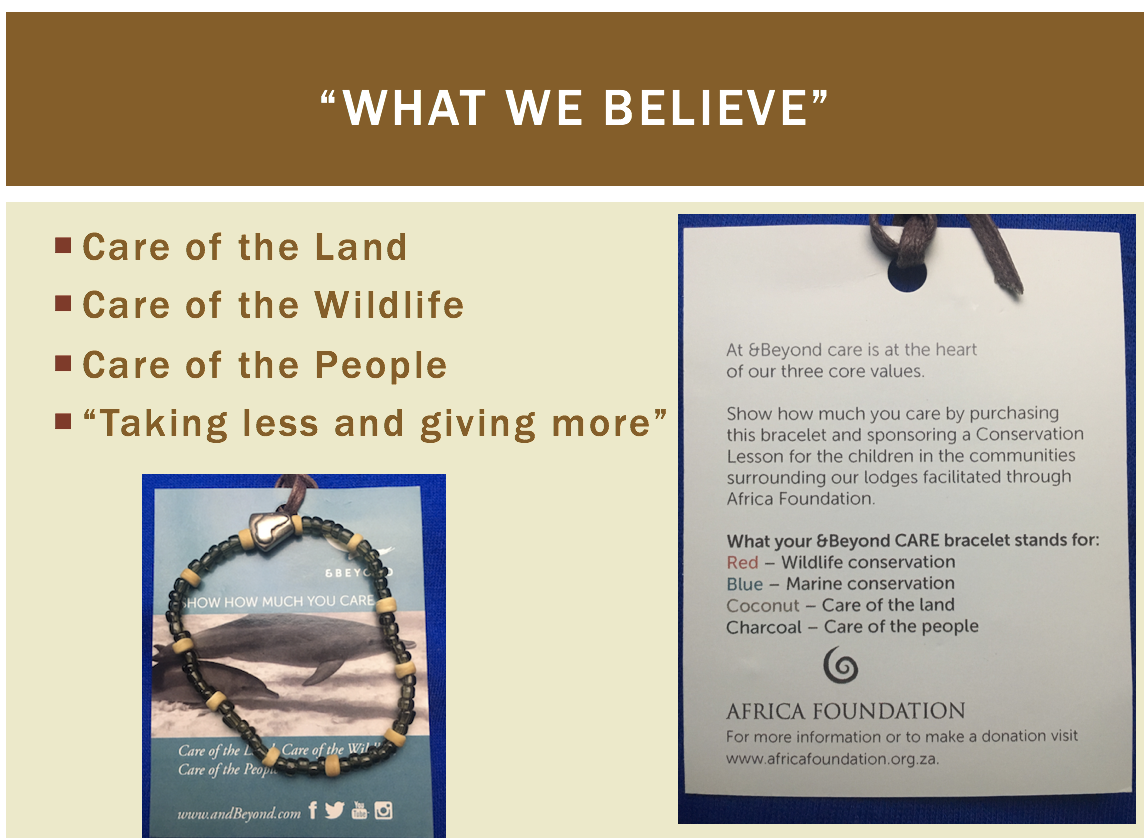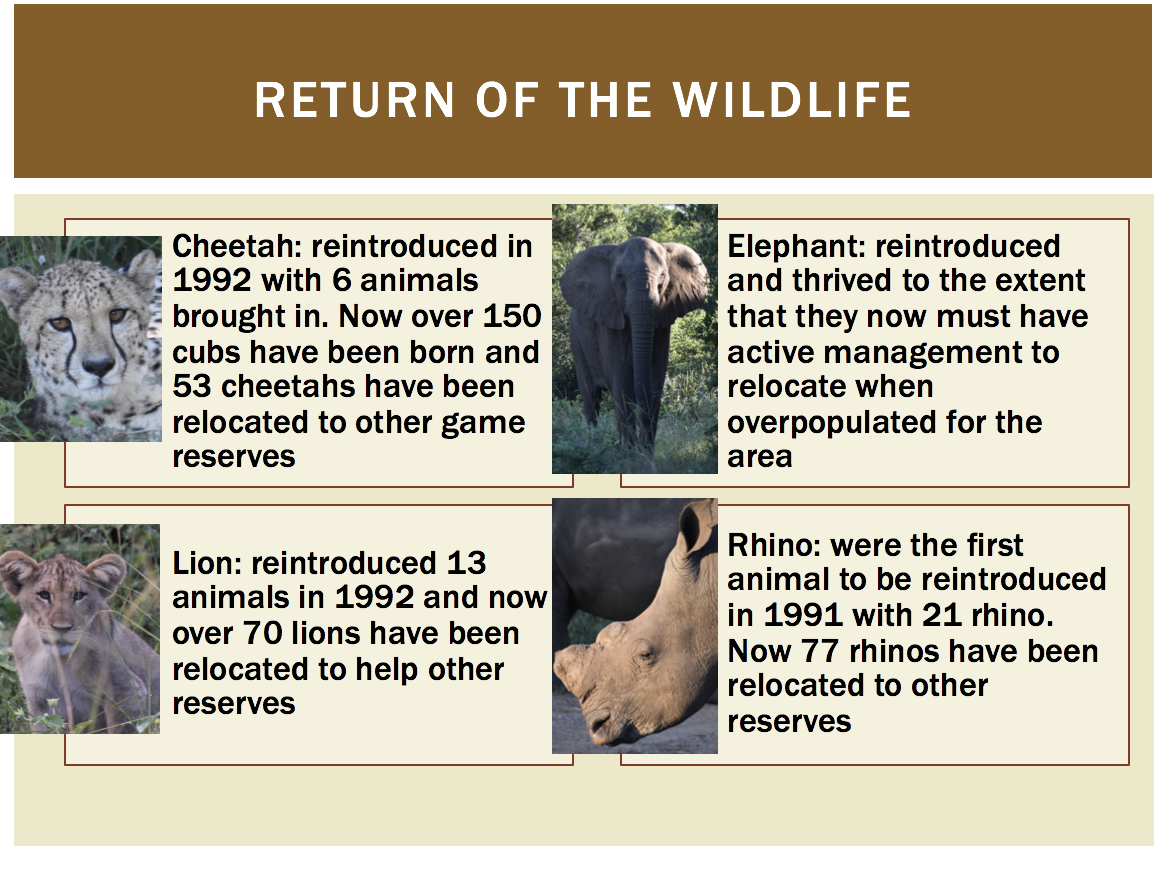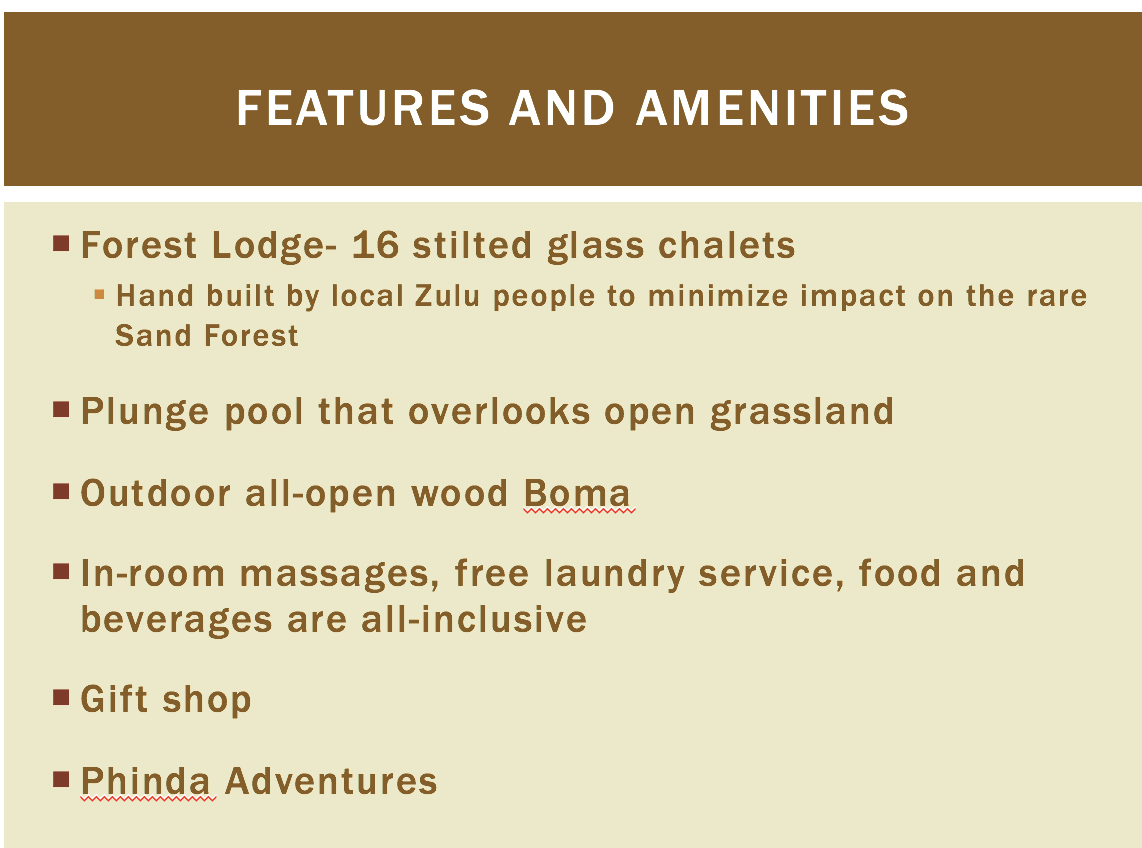By Adahli Trejo, Semester at Sea, Spring 201
As my second day in Cape Town, South Africa came to a close, I made my way over to Table Mountain. I purchased my tickets to ride the cable car up and quickly boarded as it was the last trip of the day. I made it up just in time to see the sun set. As I rode up in the cable car, the car was filled with many people of different backgrounds—a fairly diverse bunch of people. I thought it very interesting and amazing that so many different kinds of people are all attracted to the same tourist site. But it also doesn’t surprise me because Cape Town is such a diverse place in itself, so many of those people could have been locals for all that I know.
As I arrived at the top of the mountain, I was amazed and awe struck at the view that I was beholding. There was a storm nearby and as the sun was setting, lightning strikes were visible out on the horizon. The top of the mountain offered a view of the entire city and the surrounding areas. It was mesmerizing to be able to see so far out into the ocean as well as into the country.
I think that this tourist attraction is sustainable because of the way that it is carefully managed. The amount of people that go up the mountain is more or less controlled due to how many people can board the cable cars. I didn’t come across any waste at the top of the mountain which suggests that the mountain is being managed efficiently. The people that were working at the mountain all appeared to be local South Africans. But the only way that I can even assume this is through their accents when they spoke, not necessarily by appearance since South Africans are very diverse and can look like just about anyone.
Since those employed are local South Africans, I believe that the tourism at Table Mountain is benefiting the local community by producing revenues through their sales of cable car tickets and souvenirs. I wonder if the amount of traffic coming through the mountain will eventually begin to erode and damage the mountain, but as far as I can tell, that is not an issue that is being considered today.
